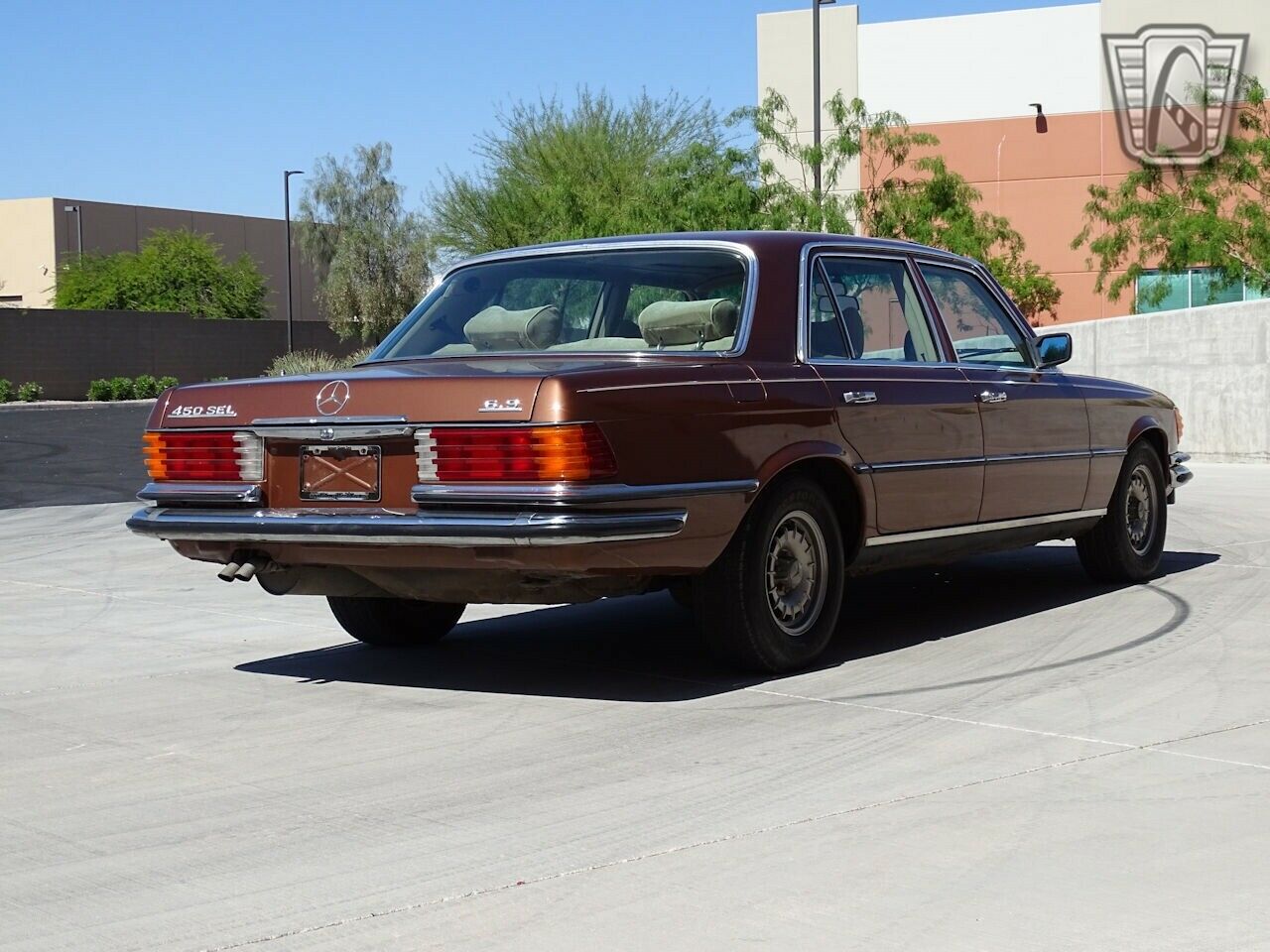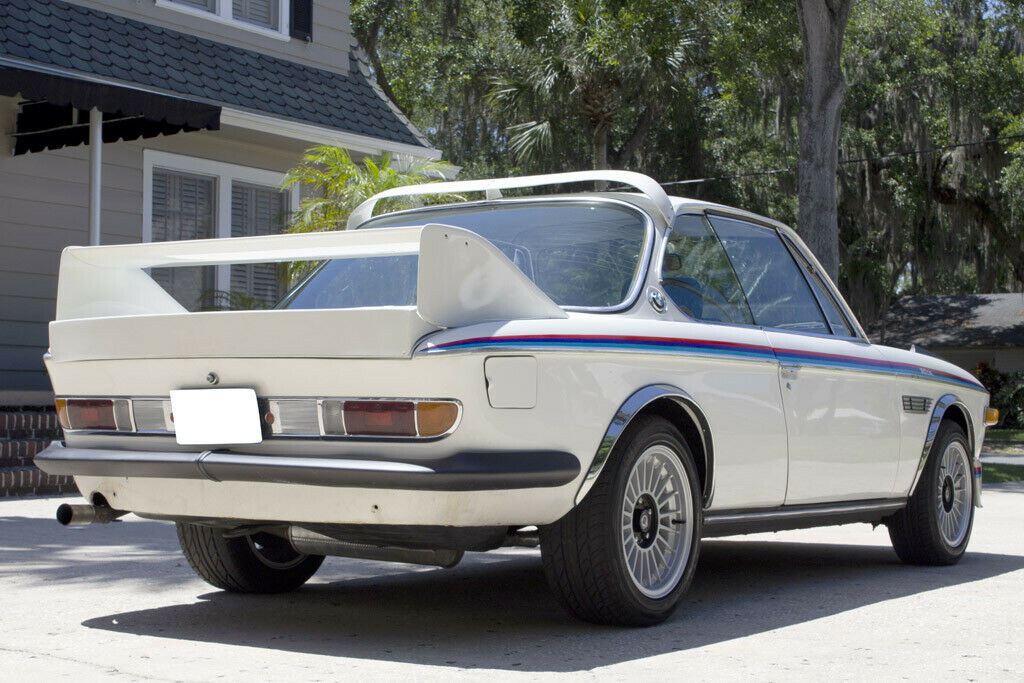RS. While the GT3 took the reigns as the hot naturally aspirated 911 with the introduction of the 996 generation, before that those two magical letters ruled the roost. And while for some it was hard to surpass the original, for me the absolute best one made was the last; the 993-generation Carrera RS. It continued the recipe of less is more, with lightweight construction, few options, stiffened-up suspension, and big wheels and tires. At its heart was a 3.8-liter M64/20 flat-6 rated at 300 horsepower, and it was connected only to a six-speed manual. If that wasn’t enough for you, there was an even more hardcore Clubsport model. Porsche made a total of just over 1,100 of these cars, so they’re far more rare than the later models – but they’re also twice as rare as the prior 964-generation RS, and even more dear than the original RS. They were of course never imported to the US, but one’s up for sale here – if you’re feeling quite spendy:
Month: June 2021
While the M5 may have the notoriety of being the first serious super performance sedan, it’s easy to forget that Mercedes-Benz really started the trend. As early as the 1930s, Mercedes-Benz was building some of the fastest large cars in the marketplace. They were expensive, complicated, and beautiful works of engineering. It took a while post-war for both the marketplace and the company to come back to full strength, but two cars created in the midst of an international oil crisis I really think point towards the character of their respective companies. First was BMW’s hard-edged, barely disguised racer for the road, the 3.0CSL – which we sort of just looked at. It was expensive, relatively lightweight, stunning to look at and pretty quick to boot – a sporting nature that would carry through to the current generation of BMWs, still considered the benchmark in sporting sedans. On the other side of the fence was the 450SEL 6.9; who else but Mercedes-Benz would put the largest production V8 into a sedan when there was a gas crisis? If the 3.0 shouted about it’s racing prowess, the Mercedes was subtle and understated. Indeed, option number 261 even removed the displacement badge on the rear, and outside of that you’d only see hints of the car’s performance by the bulging tires and slightly more showy exhaust. But stomp on the loud pedal and the best part of 290 horsepower was on tap for you – and this was 1975. Remember 1975? It was when the base Corvette had 165 horsepower and if you wanted to just break 200, the L-82 was your only option at 205 horsepower. A full 40% more powerful, the Benz was the match for sports cars of the day in a straight line but offered extreme luxury at the same time:
CLICK FOR DETAILS: 1977 Mercedes-Benz 450SEL 6.9 on eBay
Comments closedBMW’s revolution and rebranding through racing started on March 25, 1973. At the Monza 4 hours race in the European Touring Car Championship, the CSL legend was born. Massive box flares, huge BBS magnesium race wheels and deep front spoilers adorned the delicate E9 coupe now, and the iconic German Racing White with blue and red stripes following the lines of the hood and sides of the car. And with drivers like Hans-Joachim Stuck, Chris Amon, and Dieter Quester, Jochen Neerpasch’s BMW Motorsport would go on to win many races and establish the brand that would later launch the infamous ‘Batmobile’ CSL, the 2002 Turbo, and of course the M brand. Prior to 1973, the top flight races were run by BMW through their partners Alpina and Schnitzer, and indeed the BMW Motorsport entrants at Monza failed to finish, with Niki Lauda at the hands of an Alpina E9. A few races later, the rear wing was introduced by BMW Motorsport, and in the hands of Dieter Quester the first BMW Motorsport win was recognized at the 24 Hours of Spa on July 22, 1973.
The 3.0 and later 3.5 CSLs would continue to race and win for a few years, establishing the brand as a serious contender to the established Porsche in the sporting market. And of course, the homologation road-going version has been a hot commodity since new, inspiring plenty of replicas. That is exactly what we have today – originally, a 2800CS that has been converted to look like a later CSL:
CLICK FOR DETAILS: 1971 BMW 2800CS ‘Batmobile’ Replica on eBay
3 CommentsNow, I know what you’re going to say….Carter hasn’t had enough coffee. Fair enough, and probably true. But this is a post-war EMW 327, not a pre-war BMW 327. Let me explain.
World War II changed the map of Europe, and the post-War period was a strange rebuilding and re-allocation period which saw serious changes to some of the names you know today. Volkswagen, a brand that effectively hadn’t really existed before 1939 and the outbreak of war, found itself the benefactor of British intervention afterwards and became the company we know today. Mercedes-Benz, similarly, picked up the pieces and continued on. Auto Union and the companies of the four rings fell inside the Soviet area of control, and as a result many of the plans, factories and engineers were removed from Germany and sent deeper into Russian control. Then there was the strange plight of BMW. Prior to World War II, though BMW had been a very successful aircraft engine producer and motorcycle champion of Germany, they were a minor player in the automobile industry. Still, they had produced some beautiful and notable designs, including the successful sports car racer 328. Although technically Munich lay in the American area of Allied occupation, there would be an interesting future for BMW. Connections with the British Army allowed a pre-War BMW dealer from Britain to jump into the Munich factory, grab a bunch of plans and some engineers, and return back to the island nation. That would yield the Bristol 400 – a car so heavily influenced by BMW’s 326, 327 and 328 designs that they even retained the signature kidney grills. More strange, perhaps, was the BMW plant at Eisenach. Unfortunately for the city, though centrally located in Germany and not particularly far from Munich, it lay about 6 miles inside the Soviet control border. But their factory had all the plans for BMW’s road cars, so after the war, they turned on the lights and started pumping out BMWs not made by BMW. This, of course, resulted in a lawsuit, and in 1952 they were forced to change their name to Eisenacher Motorenwerke, or EMW. Like Bristol, they retained all of the signature BMW bits, including the Roundel. But since they were in Soviet controlled areas, the Roundel’s color changed from blue to red:









